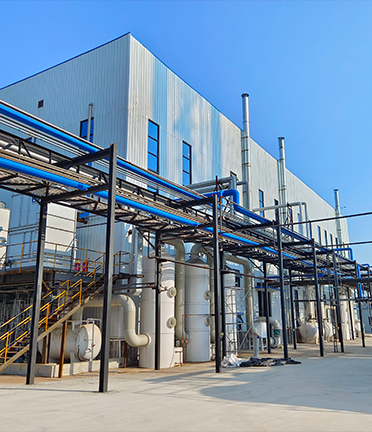acrylic homopolymer
Acrylic Homopolymer Properties, Applications, and Future Trends
Acrylic homopolymers are a significant subset of polymers derived from acrylic acid, methacrylic acid, or their esters. These polymers are characterized by their unique chemical structure, which imparts them with distinctive physical and chemical properties. Acrylic homopolymers have gained popularity in various industries due to their versatility, durability, and aesthetic appeal.
Understanding Acrylic Homopolymers
The term homopolymer refers to a polymer made from a single type of monomer. In the case of acrylic homopolymers, the primary monomer is usually methyl methacrylate (MMA). When polymerized, MMA undergoes radical polymerization to form a long-chain molecule. This reaction leads to a material that is clear, glossy, and has a good balance of toughness and flexibility. An example of a widely used acrylic homopolymer is polymethyl methacrylate (PMMA), commonly known by brand names such as Plexiglas and Lucite.
One of the defining features of acrylic homopolymers is their excellent transparency, which makes them an attractive alternative to glass in many applications. PMMA, for instance, boasts a high light transmittance of over 90%, providing clarity while remaining lightweight and shatter-resistant. This property has led to its use in applications ranging from optical lenses to safety shields.
Properties of Acrylic Homopolymers
Acrylic homopolymers exhibit several key properties that make them suitable for various applications
1. Chemical Resistance Acrylic homopolymers are resistant to a wide range of chemicals, including many solvents and acids, making them ideal for use in challenging environments.
2. Weather Resistance These polymers exhibit excellent weatherability, which means they can withstand prolonged exposure to sunlight and harsh environmental conditions without significant degradation. This property is especially vital in outdoor applications where materials face UV radiation.
3. Thermal Stability Acrylic homopolymers maintain their physical properties over a range of temperatures, making them suitable for use in different climatic conditions.
acrylic homopolymer

5. Color Versatility They can be easily colored, enabling manufacturers to produce an array of vibrant and durable hues.
Applications of Acrylic Homopolymers
The applications of acrylic homopolymers are vast and varied, spanning multiple industries. In the construction field, PMMA is often used for skylights, windows, and other architectural elements due to its transparency and strength. In the automotive industry, these polymers can be found in taillights, dashboards, and other components where clarity and durability are essential.
In the realm of consumer goods, acrylic homopolymers are employed in household items, signage, and displays. Their ability to withstand outdoor conditions makes them a preferred choice for garden furniture and outdoor fixtures. Moreover, the medical sector uses acrylic materials in the production of dental devices and surgical instruments, where their biocompatibility is crucial.
Future Trends in Acrylic Homopolymers
As industries evolve, so do the demands placed on materials. The future of acrylic homopolymers will likely be shaped by several emerging trends
- Sustainability With increasing awareness of environmental issues, the development of bio-based acrylic homopolymers is gaining traction. These materials could be derived from renewable resources, reducing dependence on fossil fuels.
- Nanocomposites Integrating nanoparticles into acrylic homopolymers can enhance their properties, such as strength, durability, and heat resistance. Research into these advanced composites is ongoing and holds promise for creating superior materials.
- Smart Materials The future may also highlight the incorporation of smart technology into acrylic homopolymers, such as self-healing capabilities or responsive changes to environmental stimuli.
In conclusion, acrylic homopolymers, particularly PMMA, are invaluable materials with a broad range of applications due to their remarkable properties. As technology and sustainability efforts progress, these polymers will continue to evolve, opening doors to new possibilities in various industries. Their combination of aesthetics, versatility, and performance ensures that acrylic homopolymers will remain a cornerstone in the materials landscape for years to come.
-
Water Treatment with Flocculant Water TreatmentNewsJun.12,2025
-
Polymaleic AnhydrideNewsJun.12,2025
-
Polyaspartic AcidNewsJun.12,2025
-
Enhance Industrial Processes with IsothiazolinonesNewsJun.12,2025
-
Enhance Industrial Processes with PBTCA SolutionsNewsJun.12,2025
-
Dodecyldimethylbenzylammonium Chloride SolutionsNewsJun.12,2025





